|
(The following statement opens the syllabus for English 392: Comics, Childhood, and Children's Comics, a course I am now teaching at CSU Northridge. English 392 launched on August 27, 2018, and we are at, roughly, mid-term. Regular KinderComics readers will recognize this post as one in a continuing series on teaching.) Did you know that Scholastic—publisher of Harry Potter, Captain Underpants, and The Baby-sitters Club—is also America's number one publisher of new, English-language comics? Not Marvel. Not DC. Scholastic. In fact, we are in a Golden Age of comics for children and young adults, in the form of the graphic novel. For about the past decade, graphic novels have been booming as a young reader's genre. Today, diverse publishers and imprints are competing to put graphic novels in the hands of children and teens: Graphix (Scholastic), First Second (Macmillan), Amulet (Abrams), Random House, TOON Books, Papercutz, BOOM! Studios, Farrar, Straus and Giroux BYR, Flying Eye Books (Nobrow), and others, including brand-new or forthcoming imprints CubHouse (Lion Forge), Yen Press JY, and even DC's soon-to-launch DC Zoom and DC Ink. In short, something interesting is going on. Who could have predicted this trend fifteen years ago? Comics, historically, have been a disreputable medium, branded as "objectionable," even as a threat to childhood, learning, and literacy. Further, the field of academic children's literature criticism (launched in the 1970s) has been so averse to comics that for decades it downplayed or ignored the form. The current interdisciplinary field of childhood studies has produced little work on comics. Even the field of comics studies, which has been exploding in the twenty-first century, has been so eager to attain legitimacy and "adulthood" (in terms defined by adult literature) that it has stinted research on children’s comics. Until quite recently, few scholars have felt the need to examine the intersection of comics and childhood. Yet comics have been central to the literacy stories, and reading lives, of millions of children the world over. Moreover, children's comics include many of the most influential comics ever published. Young readers have been the target audience of the most successful comics ever made—and those have been very successful indeed, in terms of profit, cultural influence, and deep connections made with readers. Comics for children are not new, even if we are now thinking of them in new ways. Many national cultures, from the Americas to Europe to Asia, have sustained long traditions of children's comics and drawn iconic images and characters from those comics (How can one understand postwar Japan without the manga of Tezuka, or contemporary France without Asterix?). In the United States, millions of readers young and old read comic strips in newspapers throughout most of the twentieth century, and the comic book, born in the Depression era, mushroomed by the end of the forties into an industry that sold tens of millions of magazines every month, most of them to young people. If comic books were disreputable, they were also hugely popular and influential. If many of us have almost forgotten that era, still it lives on, implicitly, in today's conversations about the graphic novel and children. Nowadays we see in comics the seed of a new visual literacy, complex and multimodal, but have the old fears gone away? Simply put, comics for children is a vital but still-obscured topic crying out for critical study—and that's what our English 392 class is all about. We will study the contemporary graphic novel as a children's and YA publishing phenomenon, and trace how and why this renascence has come about. In addition, we will consider (though alas only too briefly) the troubled history that lies behind this trend. What social, cultural, and educational changes have transformed the once-disreputable comic book into the graphic novel of today? What dynamics of power and cultural legitimization (or delegitimization) have changed the status of comics in our culture? To what extent has comics' reputation as illegitimate persisted, despite the current boom in children's comics? Together we will read articles and book chapters in children’s literature and comics studies, plus a range of children’s comics, from pioneering strips (e.g. Peanuts) to comic books to, most especially, contemporary graphic novels by authors such as Raina Telgemeier and Gene Luen Yang. As we work together, each of you individually will be able to find your own areas of interest and dig more deeply. Expect to present in class, i.e. lead class discussion, at least once during the semester; to pursue self-directed research responsive to your own interests; and to craft a final seminar paper roughly 10 to 12 pages in length. Expect several guest speakers as well!
0 Comments
Sigh. About eleven weeks ago, I announced that KinderComics would be taking "a four-week break." That is, back around July 23 I envisioned that KinderComics would take a brief timeout so that I could prep my Fall classes and fix some technical problems, but then come roaring back to life by August 20. My hope, as I said, was "to get KinderComics on a more secure tech footing and then resume blogging on a biweekly basis just in time for the Fall semester." Further, I promised that KinderComics would "delve into teaching in a big way come August 20-27." Out of such promises, embarrassing retractions are made. August 20 would have been one week before the launch of classes at my school (CSU Northridge). As it happens, we are now in Week Seven of classes. Of particular interest to KinderComics is my Honors seminar, English 392, devoted to "Comics, Childhood, and Children's Comics." That course underwent much revision between the time of my last substantial post about it (gulp, May 31) and the launch of class on August 27. For example, four or five of the books I envisioned teaching in 392 have in fact dropped out of the syllabus, since I had to make more room for big issues and assignments (as a course designer, I'm used to that sort of change). As I've noted before, 392 is a bit of a balancing act: the impetus for the class is the current boom in young readers' graphic novels, but the class also seeks to "address the vexed larger history of children’s comics," including, briefly, "the histories of newspaper strips and comic books vis-à-vis children." As I've said, juggling those various topics is a challenge, both practically and intellectually. And now my students and I are right in the middle of that challenge! Working with the reality of 392, as opposed to planning it in the abstract, has required me to adjust my sights and hopes, so as to do the best I can by my students. What was a notional blueprint for a course has become, as it always must, an actual class and a kind of living experiment. I have begun to worry that my approach assumes too much prior knowledge, and to remind myself that any comics course at this level needs to lay a foundation, because students very often come into these courses with no prior experience of Comics Studies, and even little experience as comics readers (I am reminded of Gwen Tarbox's wise comments about gearing her comics-teaching toward her students' needs and concerns). In any case, I have certainly been mindful, these past seven weeks, of the serious challenge we have undertaken as a class. Here is the abridged course description for 392 that I gave out on paper back on Day One (the full syllabus being online, in the form of a class website): And here is the tentative schedule, also given out on Day One (the final schedule being on the class website, and always potentially in flux): Thus far we've kept to the rough contours of this schedule. On the one hand, we need some flexibility in scheduling; OTOH, the students have volunteered for dates to serve as discussion leaders (or "launchers"), so we do have to hold to the schedule as much as we can. Per the schedule, just yesterday we hosted the first of our four scheduled guest speakers: Dr. Lara Saguisag of the College of Staten Island-CUNY. Dr. Saguisag is an experienced children's author, longtime contributor to the Children's Literature Association, and author of the brand-new study, Incorrigibles and Innocents: Constructing Childhood and Citizenship in Progressive Era Comics (Ruters UP), which I consider a watershed book in both comic strip and childhood studies. I am sure that this is going to be an important and generative work for both children's literature and comics scholars. Having read both Dr. Saguisag's article on Buster Brown and some of her work on Peanuts this past week, we joined her via Skype for a freewheeling, spontaneous conversation about childhood studies, children's book publishing in the Philippines, early comic strips, and her research methods and process, as well as her passionate childhood reading (and perhaps more ambivalent adult assessment) of Hergé's Tintin and Lewis Carroll's Alice (with a sprinkling of Roald Dahl for good measure). It was a delight to witness Dr. Saguisag thinking aloud, on her feet as it were, about serious issues, including children's reading, its possible influence, the dark side of humor, and the resonance, or one could even say terrible relevance, of her book's findings for America today, an America once again obsessed with self and Other, inclusion and exclusion, and what it means to be a citizen. Speaking personally, I can't thank Lara enough for her forthrightness, openness, and thoughtfulness, and for her generous, accessible way with everyone in our class. It was a great session. By semester's end, we will have hosted, assuming all goes according to plan, three more speakers, including Skype guests Carol Tilley and Gina Gagliano and in-person visitor Jordan Crane (We Are All Me). To say that I'm looking forward to these sessions would be a huge understatement! What else have we been up to in 392? Well, besides delving into Peanuts and (via Lara Saguisag's work) early American newspaper strips, we've also discussed: the cultural status of comics in the US, in particular the comic book as defined by the scandals of the mid-20th century (this will lead to Dr. Tilley and other sources in a couple of weeks); the children's graphic novel boom (and the current status of graphic novels in public libraries); the introductions to two landmark scholarly books that came out last year, Picturing Childhood: Youth in Transnational Comics (ed. Heimermann and Tullis) and Graphic Novels for Children and Young Adults (ed. Abate and Tarbox); Joe Sutliff Sanders's "chaperoning theory" regarding the difference between comics and picture books, followed by Spiegelman and García Sánchez's Lost in NYC (2015) vis-à-vis De la Peña and Robinson's Last Stop on Market Street (also 2015); and Karasik and Newgarden's How to Read Nancy (2017), alongside, of course, a fair serving of Ernie Bushmiller's Nancy (and Jared Gardner on the history of comic strips). So, it's been a heady brew: history, current events, comics form, constructions of childhood, and more. And we're not even halfway through! Given all this, and three other courses to teach, in addition to writerly, editorial, and service commitments on multiple fronts, I'm forced to admit that maintaining even a biweekly blog is probably going to be beyond me between now and December. On top of that, the technical problems I alluded to back in July have not changed at all (Weebly continues to be anathema to my university), and I may therefore have to make some tough choices, and soon. But KinderComics is not going away; I hope to be back with reviews before Halloween. I continue to read children's and young adult comics (as well as many other sorts of comics) with the usual trancelike fascination, and look forward to sharing my thoughts here -- and, I hope, to hearing from my readers! PS. They are not "children's" texts per se, not in the usual, expected sense anyway, but I'd be remiss if I didn't point my readers to two extraordinary works in comics that I've read this past week, one a memoir of childhood to adulthood, the other a story about childbearing and birthing: 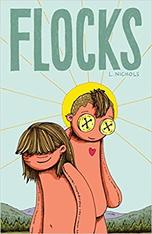 L. Nichols's booklength graphic memoir, Flocks, tells a story of growing up queer, and wracked with guilt, in a fundamentalist community. It's not a screed; it's not an act of revenge. Rather, it's an act of love, through and through, one that transmutes pain into courage and understanding. An achingly personal testimony to the work of transitioning and self-fashioning, it finds its own visual language, its own distinctive vocabulary of braided metaphors, to tell a story of self-in-community, of what it means to find yourself within (and against) your "flocks." Brave, tender, and astonishing. Bless publisher Secret Acres for bringing us the completed version of this long-awaited project. 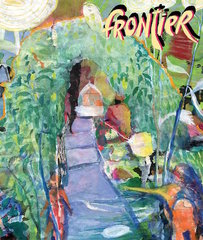 Just as astonishing, though wholly different, is Lauren Weinstein's graphic memoir of her second childbearing and birthing experience, "Mother's Walk," which makes up the latest issue (No. 17) of Youth in Decline's outstanding quarterly anthology, Frontier. "Mother's Walk" is an explicit and revealing remembrance of childbearing and delivery, with all its rigors, emotional, psychological, and of course physical. I have been anxious to see a graphic memoir like this for some time, one that depicts birth and mothering in raw but loving detail. This is a startling, eloquent, and, as always with Weinstein, unpretentious and gutsy piece of work, one that (she says) anticipates a longer book about childbearing and child-rearing. I can't wait. I recommend these two titles as emphatically as I can recommend any art. PPS. It’s back in print: Joe Lambert’s Annie Sullivan and the Trials of Helen Keller. Ohmigosh, yes.
I continue to wrestle with the design of my my upcoming Fall 2018 course, English 392: Comics, Childhood, and Children’s Comics. My impulse is to focus mainly on the current (i.e. post-2005) boom in children’s and young adult graphic novels in the US, which is what sparked or inspired the class in the first place. Therefore it seems to me that books by Jeff Smith, Raina Telgemeier, and Gene Luen Yang have to be in the mix; exposure to those very successful and influential authors will help lay the groundwork for what's happening today. At the same time, we do need to address the vexed larger history of children’s comics; it seems vital to at least sketch in the histories of newspaper strips and comic books vis-à-vis children (and what of seminal children's comics from, say, Japan, Europe, or Latin America?). So, juggling all this continues to be an intellectual and practical challenge. That said, at this point it seems likely to me that the following books, or selections from them, will be represented in our required reading list: I'm still working out many issues, including the need for greater diversity in genre, format, and cultural content, the scheduling of student presentations and guest speakers, and of course costs. So I would not call this anywhere near the final list. But it's a hint as to where my head is currently at. Frankly, the list is too US-centric for my tastes, but I may have to live with that, given time constraints. I'm not quite sure yet. Work-wise, I'm envisioning student discussion launchers most weeks, a seminar paper (preceded by a formal prospectus), and a weekly or semi-weekly online discussion forum, which is something I can only do when a class is fairly small. I'm also hoping for three to four guest speakers, one a scholar, one a children's publishing pro, and one a comics creator. I hope that one or more of my scholarly colleagues at CSUN can pay a visit as well.  Whew! We'll see. Readers, click on the category "392" if you'd like more behind-the-scenes info on this evolving course...
Graphic Novels for Children and Young Adults: A Collection of Critical Essays. Edited by Michelle Ann Abate and Gwen Athene Tarbox. University Press of Mississippi, 2017. ISBN 978-1496818447. Paperback, 372 pages, $30. Newsflash! Graphic Novels for Children and Young Adults (2017), edited by Michelle Ann Abate and Gwen Tarbox, and including a score of essays by diverse authors, has just been (re-) released in paperback. It came out last year, but now, at last, I have a softcover copy of my own that I can annotate and mark up in the usual ruthless way. Yes! This is an essential collection, a landmark in the academic consideration of children's and Young Adult comics. Readers of Gwen's contribution to our Teaching Roundtable may know, or may wish to know, that her post builds on and adds detail to ideas set forth in this book, specifically in her essay, "From Who-villle to Hereville: Integrating Graphic Novels into an Undergraduate Children's Literature Course." Also, Roundtable participant Joe Sutliff Sanders has an essay in the book on children's digital comics! I haven't quite figured out how to teach English 392 yet, but I do know that this is going to be one of the required texts.
This post is about teaching. As I said when I started KinderComics, one of my goals in doing this blog is to brainstorm publicly about a course I'll be teaching this coming Fall 2018 semester at CSU Northridge: an English Honors seminar titled Comics, Childhood, and Children's Comics (English 392). Despite having taught at the intersection of comics and children's culture for years (including bringing comics into my entry-level Children's Literature class and designing courses on picture books that also explore comics), this upcoming Honors seminar marks the first time I've actually pitched a course devoted to children's comics per se. I'm excited about the prospect, and honestly a bit daunted by it too. Why daunted? Comics and childhood, together, make for a sprawling, complex area—and perhaps you can tell from my course's title that I haven't yet committed to a particular focus. Which is to say that I haven't decided how to delimit the course or what objectives to put front and center. I've been thinking about those things for a while. Thing is, the students and I will have fifteen weeks together, which in practice, experience tells me, means about twelve weeks tops for introducing new readings. What's more, part of the brief for an Honors seminar with, say, between a dozen and twenty students is that the students take turns presenting to and teaching one another, sharing the results of deep, self-directed research (fitting challenges for an advanced course). So it seems clear that I'll have to make some severe choices when it comes to focusing down. Yow! I've thought of at least four potential foci that are important to me:
All these areas seem important. Child characters are central to the satirical and sentimental uses of comics and to the form's popular spread; the history of moral panic is crucial to understanding comics' reputation, even now; the depiction of childhood in adult texts is key to the burgeoning alternative comics and graphic memoir canon, from Binky Brown to My Favorite Thing Is Monsters; and the sheer popularity of graphic novels for young readers today is a trend so dramatic as to throw all the other areas into a new light. So, the question for me is, what objectives do I want students to achieve as they work at the crossroads of comics and childhood? With all this in mind, I'm inviting several of my close colleagues in children's comics studies to join me here in an intermittent series of posts that I'll call a Teaching Roundtable. This roundtable will amount to, again, brainstorming, and perhaps debating the importance of our different teaching objectives. First up, TOMORROW, will be Dr. Joe Sutliff Sanders, author of, among other things, the new book A Literature of Questions: Nonfiction for the Critical Child (U of Minnesota Press, 2018), editor of The Comics of Hergé: When the Lines are Not So Clear (UP of Mississippi, 2016), and faculty member at the Children's Literature Research Centre at the University of Cambridge. Joe will be following up on this initial post -- readers, please come back tomorrow to follow and chime in on the discussion! Add your voices! Thanks.
Students are just starting to enroll in my fall course, English 392: Comics, Childhood & Children's Comics -- which means that it's flyer season! I made this one by poaching, then frankly overstuffing, the cover of the recent Moon Girl #29 (Marvel, March 2018), by the terrific cartoonist Natacha Bustos. To Bustos, I added elements by Busch, Hergé, McCay, Quino, Schulz, Takeuchi, Telgemeier, and Yang, as well as a freight load of (unavoidable) text. I'm not guaranteeing that all those creators will be covered in 392, but just trying to signal the kind of range I'd like the course to have. Strictly nonprofit and educational, folks. May Bustos (and everyone else) forgive me! Starting tomorrow, in this space: the first KinderComics Teaching Roundtable!
|
Archives
June 2024
|

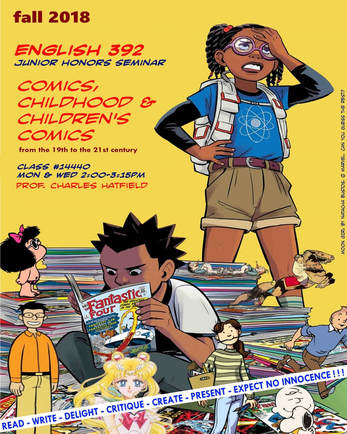
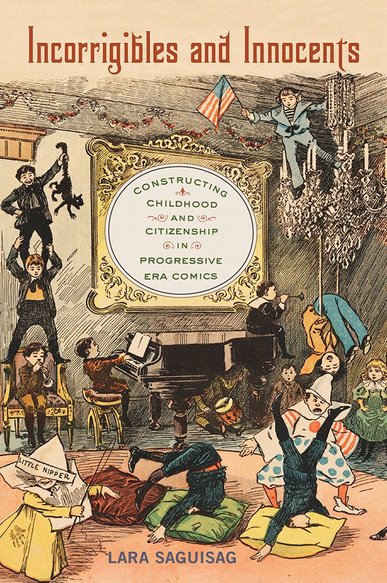

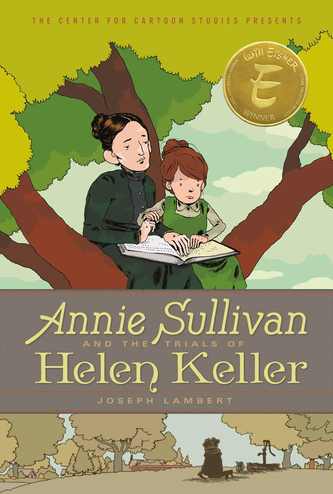
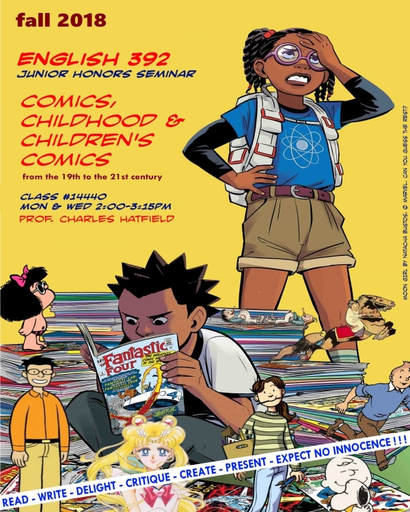
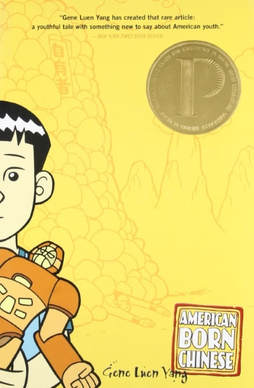
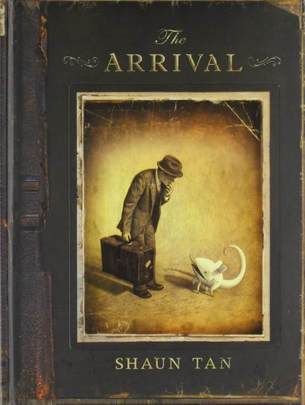
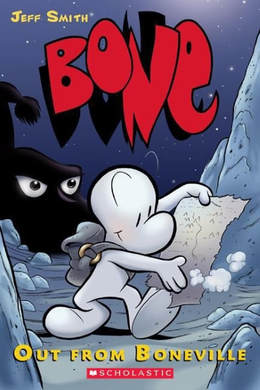
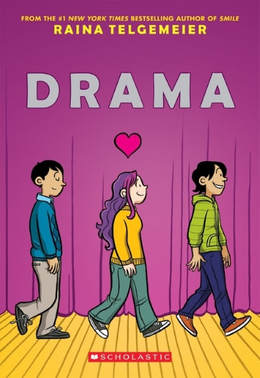
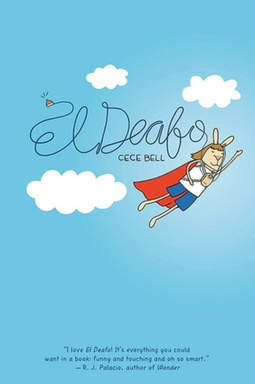
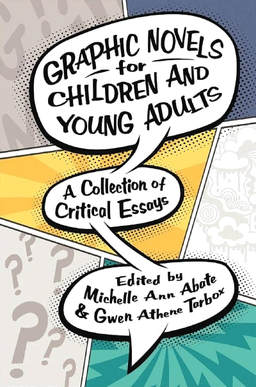

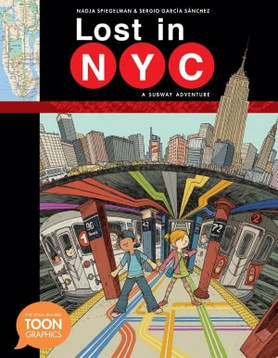
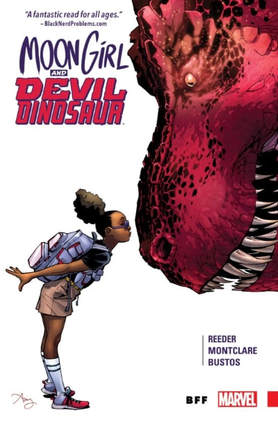
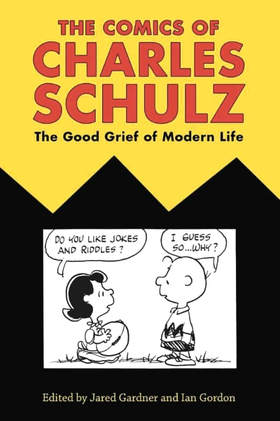
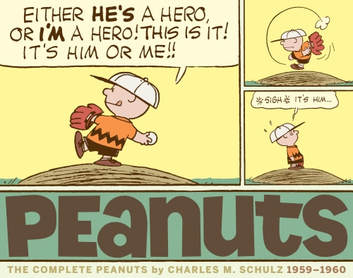
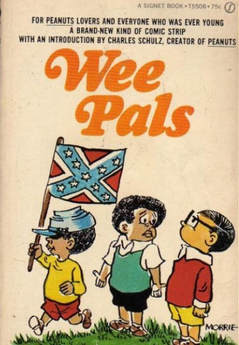
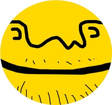
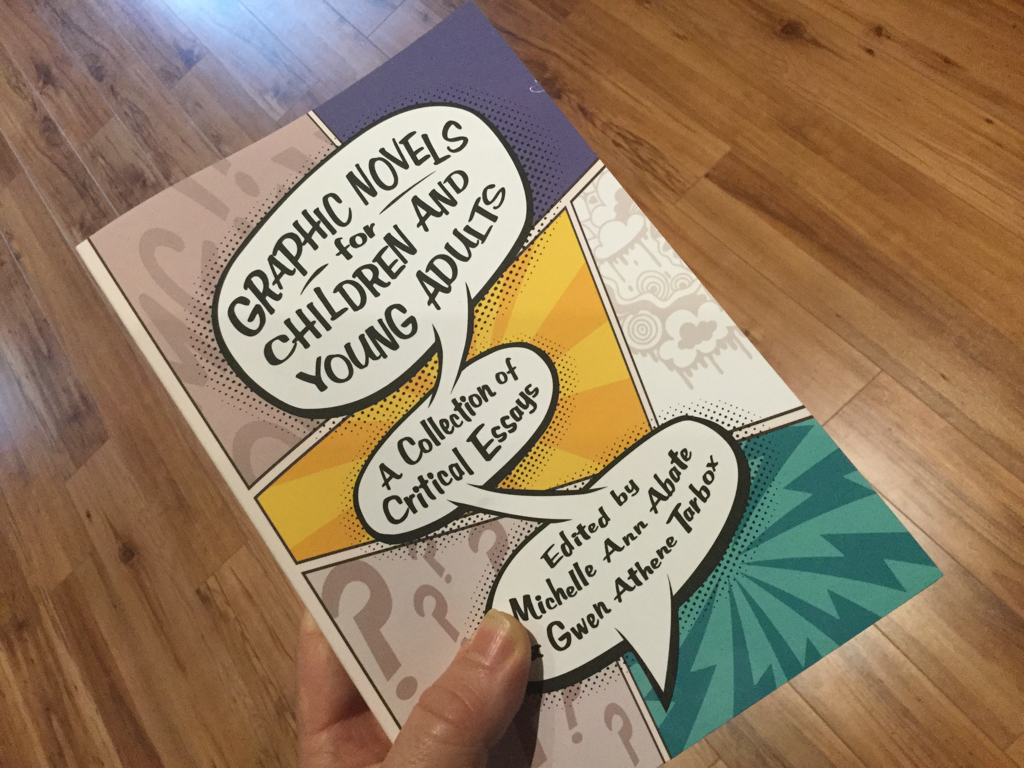
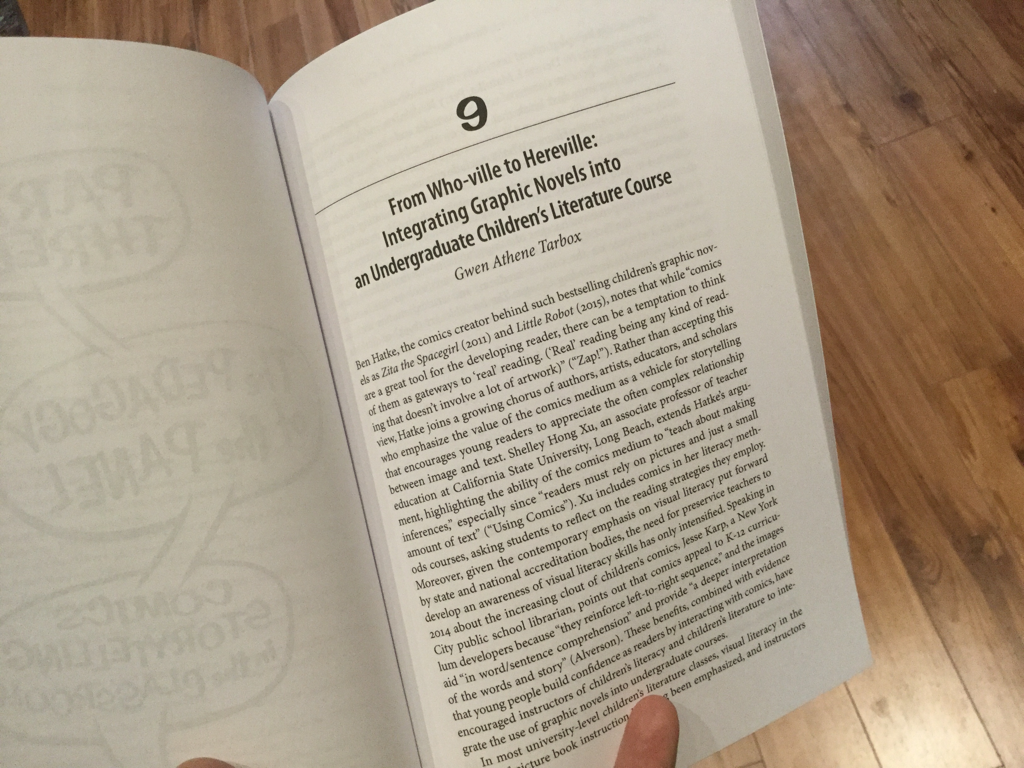
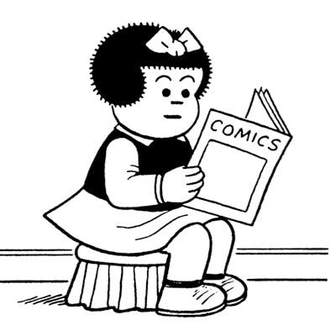


 RSS Feed
RSS Feed
